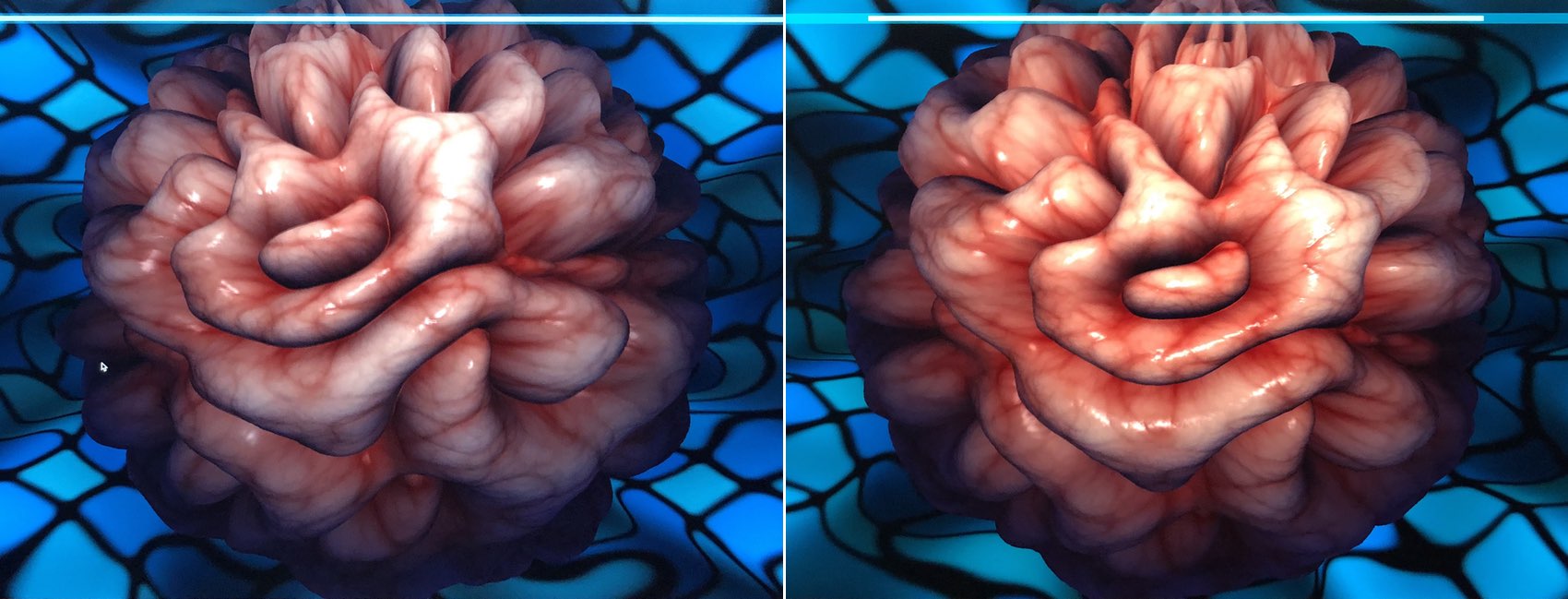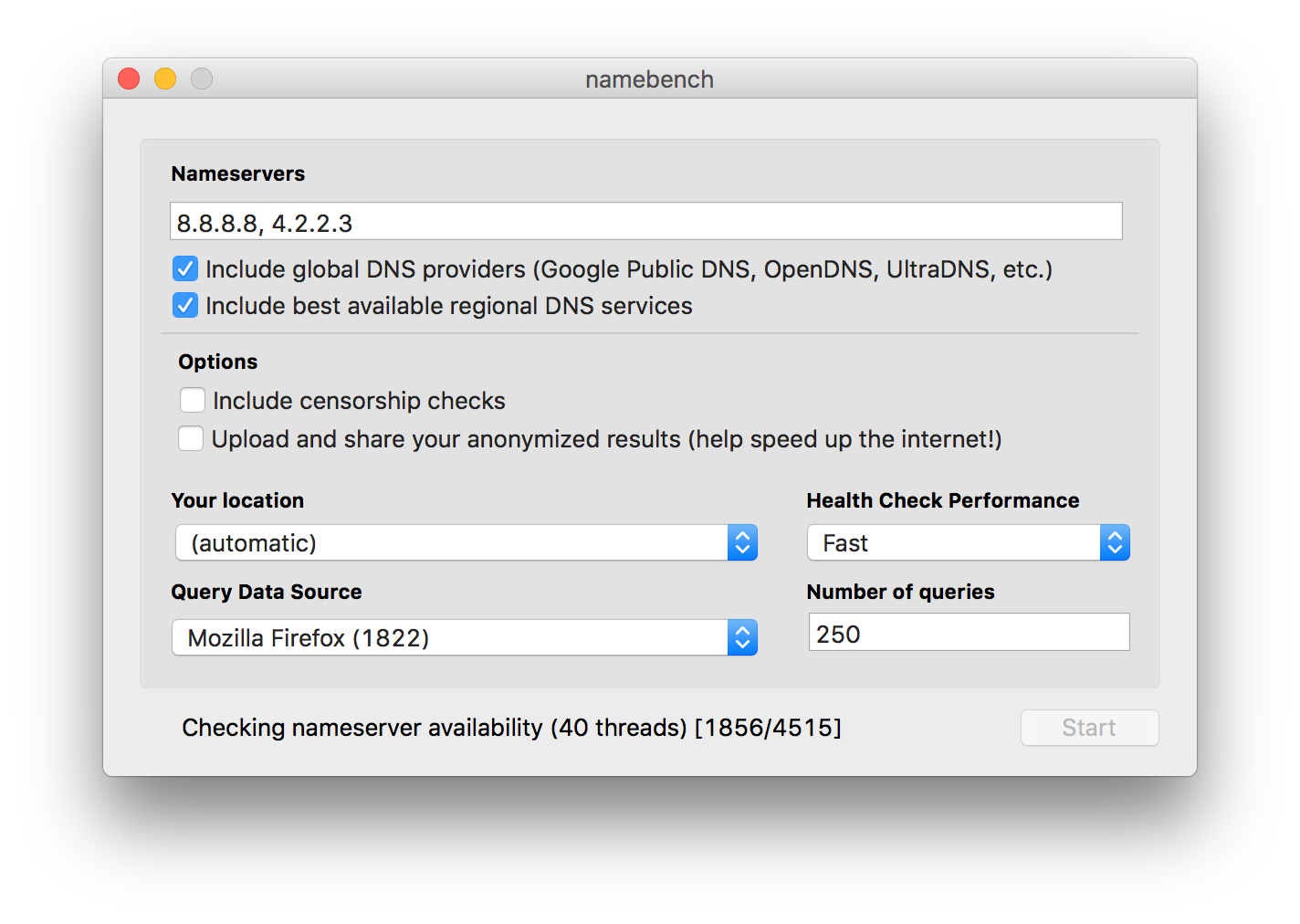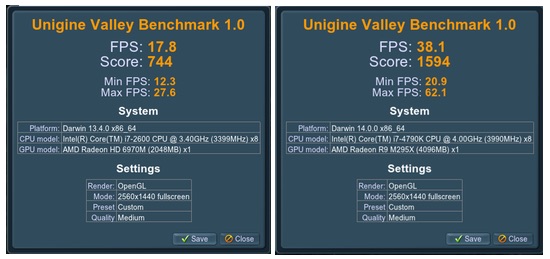Two year old crushes the new (video card) kid on the block…
My 2019 iMac has the new AMD Pro Vega 48 video card, the fastest video card Apple has offered in a (non-Pro) iMac. But just how fast is it? I'll have more to say about it in an upcoming "games shootout" with my 2014 iMac, but I was also curious as to how (badly) it might compare to the video card—an NVIDIA GeForce GTX 1080—in my 2017 Frankenmac.

While I'd love to be able to compare the performance under macOS on Frankenmac, that's not possible as I uninstalled it a while back—I'd been unable to update to Mojave due to a lack of NVIDIA drivers for Mojave. (Which is related to all of this, in that you cannot use an NVIDIA card—with acceleration—in Mojave, even in an external GPU box, because it seems Apple and NVIDIA aren't on speaking terms right now.)
However, because a number of the benchmark apps I used in my 2019 iMac vs 2014 iMac—Part One comparison test also run on Windows, I was able to do some head-to-head testing, even if the difference in the OS adds a layer of unknown to the results.
Going in, I was pretty sure I knew what the results would show: The Windows PC was going to crush the iMac in anything graphically related, but lose in the CPU tests. While the AMD card is a big step up from previous-generation iMacs, it's nowhere near bleeding edge—it's more like "minor scrape" edge—in the Windows world.
Anyway, I ran a bunch of tests, and the results were pretty much as I expected…


